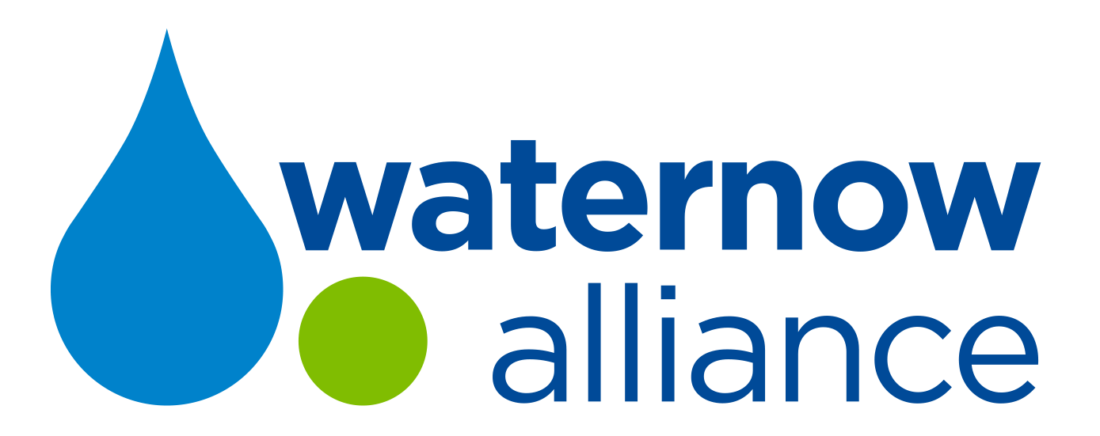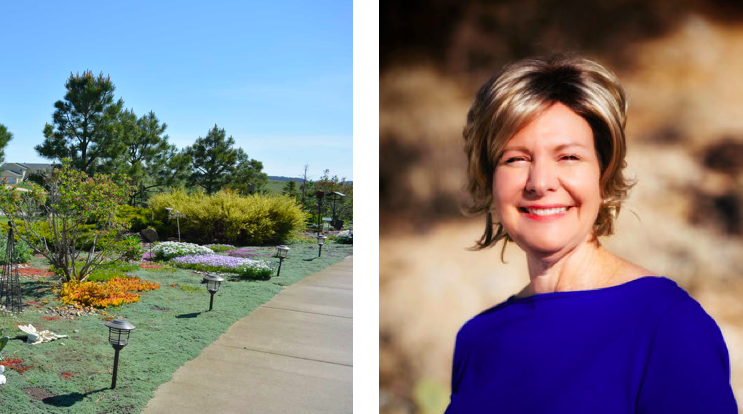Guest Blog by Melissa Elliott, the Director of Strategic Communication Services at Raftelis and current President Elect of the American Water Works Association.
Innovation is nothing new in the water utility world, but its pace and scale are accelerating in some very exciting ways. Across the country from Denver to Philadelphia, public utilities are partnering with their communities to improve water quality, build resilience, and stretch supplies.
Many of them are using a suite of strategies we call Distributed Infrastructure – programs that encourage conservation and responsible landscaping, new ways to finance large-scale pipe replacement, and Green Stormwater Infrastructure, which helps prevent flooding, eases the burden on treatment plants, and beautifies neighborhoods along the way. These solutions vary by geography and scale, but many of them can be less expensive, easier to build, and more acceptable to community uptake than traditional “gray” infrastructure projects.
It’s a good time to be in water management, but it’s also a very challenging time. Just as our innovations are myriad, so are our challenges. Many utilities and communities are facing major obstacles to delivering on their mandates. Extreme weather and climate change are shifting precipitation patterns nationwide. Aging infrastructure needs an upgrade. And communities are increasingly concerned about flooding, water pollution and sustainability.
We need tools and knowledge sharing, particularly about important changes in accounting rules and other financial background regimes that shape utility financing. We need innovation in how we scale our programs.
And that’s where the Tap Into Resilience Toolkit comes in. The network of water leaders who make up the WaterNow Alliance is a powerful catalyst for connecting around the theory and practice of innovation. This new toolkit makes it possible for water leaders everywhere to access that powerful network and its expertise.
Building, scaling and financing these programs is not rocket science, but neither should utilities have to go it alone. We are all in this together, and this Toolkit offers an open door for the kind of practical, actionable information many of us need to take the next step. Accessing the Toolkit, public utilities across the country can find the support they’re looking for as they explore options for Distributed Infrastructure. From where I sit, that’s a very good thing.

